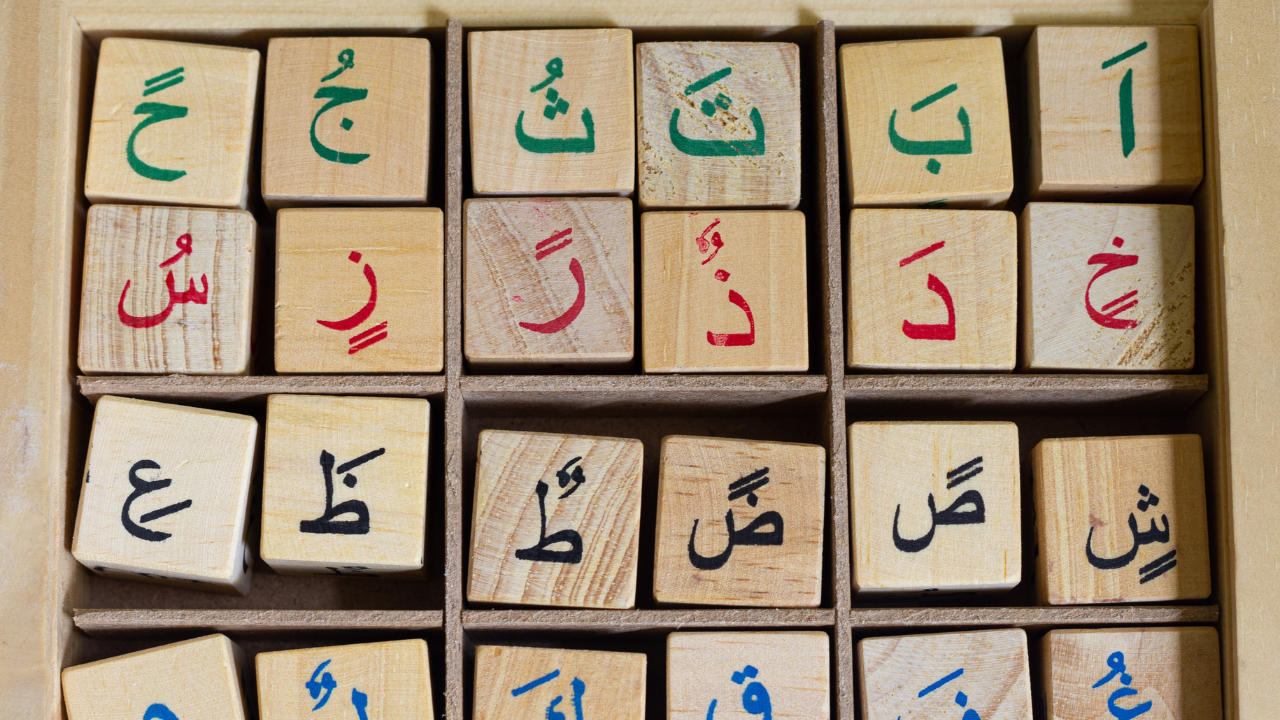Skills in Arabic Calligraphy
Instructor
Somali Institute
- Description
- Curriculum

Arabic Calligraphy – 3-Month Course Outline
Duration: 12 Weeks (Approx. 120 Hours)
Mode: 5 Classes per Week, 2 Hours per Class
Month 1: Foundations of Arabic Calligraphy
Week 1: Introduction to Arabic Calligraphy
- History and evolution of Arabic calligraphy
- Importance in Islamic art and culture
- Overview of major styles (Naskh, Thuluth, Diwani, Kufic, Ruq’ah)
- Tools and materials used
Week 2: Tools & Techniques
- Introduction to Qalam (reed pen), ink types, and paper
- Holding and controlling the pen
- Angle, pressure, and line thickness
- Practicing basic strokes
Week 3: Arabic Alphabet Mastery – Part 1
- Writing basic letterforms in isolation (Alif to Saad)
- Spacing, proportion, and alignment
- Stroke rhythm and visual balance
- Practice sheets and instructor guidance
Week 4: Arabic Alphabet Mastery – Part 2
- Writing letters (Dhad to Ya)
- Joining letters correctly
- Writing letters in different positions (initial, medial, final)
- Review and refinement
Month 2: Script Styles & Composition
Week 5: Naskh Style Calligraphy
- Understanding the rules of Naskh
- Letter anatomy in Naskh
- Writing short words and phrases
- Practicing Quranic verses
Week 6: Ruq’ah & Diwani Styles
- Characteristics and structure of Ruq’ah
- Writing fast and legibly
- Introduction to Diwani and its ornate style
- Advanced strokes and stylistic curves
Week 7: Thuluth & Kufic Exploration
- Majestic curves of Thuluth script
- Introduction to geometric Kufic
- Decorative compositions
- Balancing art and readability
Week 8: Composition and Layout
- Aligning calligraphy with frames and shapes
- Creating borders and flourishes
- Combining multiple scripts
- Planning a full-page design
Month 3: Creative Projects and Exhibition
Week 9: Designing Art Pieces
- Choosing verses or quotes
- Planning the layout
- Sketching and spacing guidelines
- Inking and finishing touches
Week 10: Using Colors and Backgrounds
- Ink blending techniques
- Gold leaf and traditional enhancements
- Background washes and textures
- Mounting calligraphy on canvas or frames
Week 11: Final Project Work
- Student-led project
- Apply learned styles and composition rules
- Instructor mentorship and peer review
- Draft, correct, and finalize
Week 12: Presentation & Certification
- Final exhibition of student work
- Group critiques and feedback
- Photography of final projects
- Awarding of certificates




